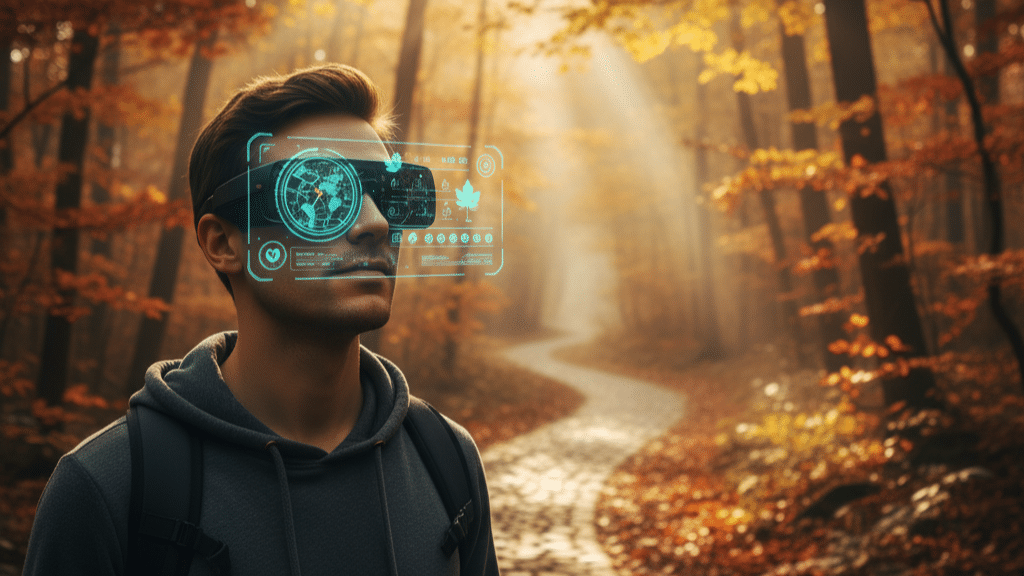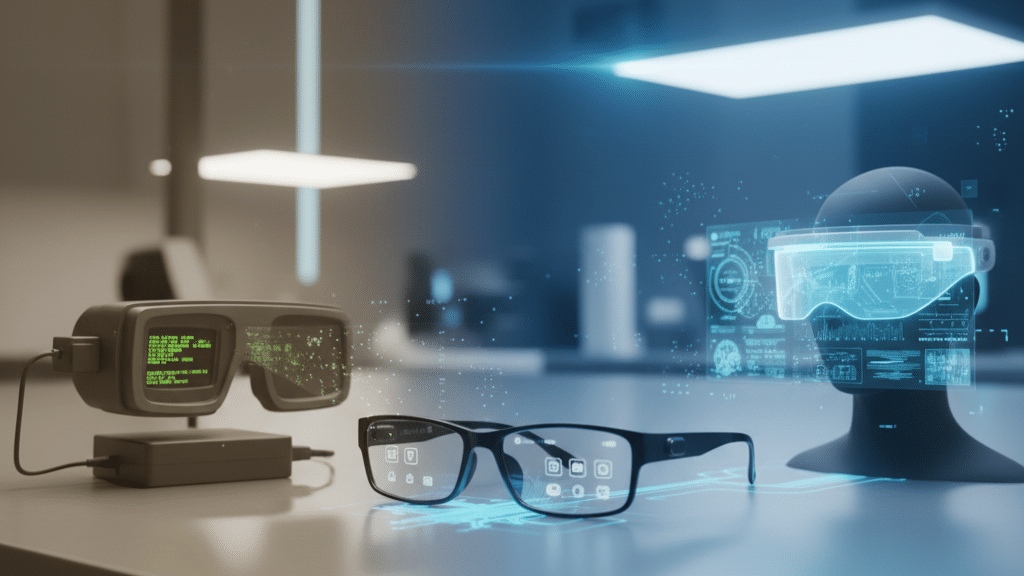This week in smart eyewear saw a mix of product launches, regional rollouts, and prototype progress. While major platform players continue expanding global availability, emerging challengers are carving niches around privacy, battery efficiency, and alternative input ecosystems. Below is a curated summary of the most relevant developments.
Top Stories
1) Even Realities launches the G2 — privacy-first hardware goes live
Even Realities officially launched its G2 smart glasses, focusing on privacy and discretion. The headset uses a spatial micro-display visible only to the user and minimizes outward-facing cameras. Interaction is handled via a companion smart ring (R1). Launch promotions were also activated for accessories.
Why it matters: The arrival of G2 proves that there is growing consumer demand for privacy-centric devices in contrast to camera-heavy mainstream offerings.
2) Lenovo ships its ultra-light V1 AI glasses — translation & smart-ring pairing
Lenovo’s V1 smart glasses gained wider media exposure thanks to hands-on reports emphasizing a lightweight design (~38–40g), high-brightness micro-display, real-time translation, and compatibility with a smart ring for gesture input and notifications. Extended use in translation mode and fast-charging support were highlighted.
Why it matters: Lenovo is positioning the V1 as a productivity-focused device for enterprise and communication-heavy workflows.
3) Meta expands Ray-Ban Meta global rollout, including India
Meta continues scaling retail distribution of Ray-Ban Meta units with international market expansion, including major Indian e-commerce platforms such as Amazon, Flipkart, and retail partners.
Why it matters: Large-scale regional rollouts provide critical feedback on pricing strategy, localization, and demand forecasts.
4) Google + Magic Leap strengthen XR partnership — Android XR prototypes advance
Google and Magic Leap continued joint work on Android XR reference prototypes, showcasing optical waveguides, microLED display engines, and deep Gemini AI integration. While no launch date has been announced, the partnership lays groundwork for a future multi-vendor XR ecosystem.
Why it matters: A robust Android XR reference device could accelerate developer adoption and create an alternative to closed ecosystems.
Market Trends & Analysis
Segmentation is becoming clearer
- Fashion-forward consumer eyewear: Ray-Ban Meta
- Productivity & enterprise devices: Lenovo V1
- Privacy-first alternatives: Even G2
- Platform reference prototypes: Google + Magic Leap
Accessory-driven interaction models
Multi-device ecosystems are emerging as a dominant UX pattern: smart rings, watches, and phones are serving as input, authentication, and processing companions rather than embedding everything directly into the glasses.
What to Watch Next Week
- Real-world user reviews covering display clarity, battery life, and comfort on Even G2
- Enterprise pilot adoption or formal partnerships for Lenovo V1
- SDK release signals from Android XR teams
- Early sales performance & user feedback from Meta’s India rollout
Final Thoughts
The smart-eyewear market continues to evolve across four simultaneous tracks: mainstream consumer fashion, productivity-driven devices, privacy-oriented alternatives, and platform-level innovation. The decisive factors moving forward will be real-user feedback, SDK availability, and regional sales performance.
Bookmark Smart-Glasses.com, subscribe to our newsletter, and check back next week for another curated industry roundup.



